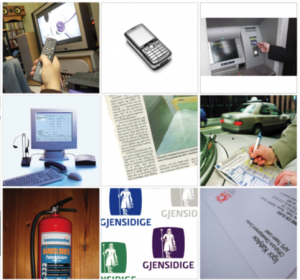Multi-channel strategies
Written by SimonC
Colleen Jones has written an interesting post about multi-channel strategies over at UX matters (link). As she points out, customers don’t think about multiple channels, they just use the channels that seem natural at each time. However, from a company point of view, multiple channels cause all kinds of problems; organisational, technological and content-wise. Colleen describes these and suggests seven practical steps that can be used including audits accross channels, listening accross channels etc. Its well worth a read.
In the AT-ONE project we use the term touch-points to describe all of the points of contact between the service provider and the customer. We are often asked the difference between touch-points (which represents the letter T in AT-ONE) and channels. In many ways they are similar, but there are some small but important differences. Channels as a term implies difference and independence,and has a broadcast connotation, whilst what is needed is consistency, dialogue and interdependence – we are after all designing a holistic solution where dialogue is central. Channels are mostly considered technological delivery media, web, mobile etc, whilst touch-points include things not generally considered a channel. Recently we have been including indirect contact amongst the touch-points we analyze. For example, a review in a magazine or comments from friends and family are important touch points between a customer and a service. You might think that friends and family are a surprising touch-point, but in many situations, friends and family communicate strong signals about a service or might even initiate contact on behalf of a customer (for example, parents often initiate insurance for their children when they move out). If a company wants to create a consistent user experience, both formal and informal channels need to be taken into account.
This might be semantics, but in my opinion taking a channel approach often puts the company in focus as a broadcaster instead of putting the customer in focus as a navigator trying to relate and contribute to the multiple signals they receive. And that is, for me, what makes Touch-Points a much better term.
